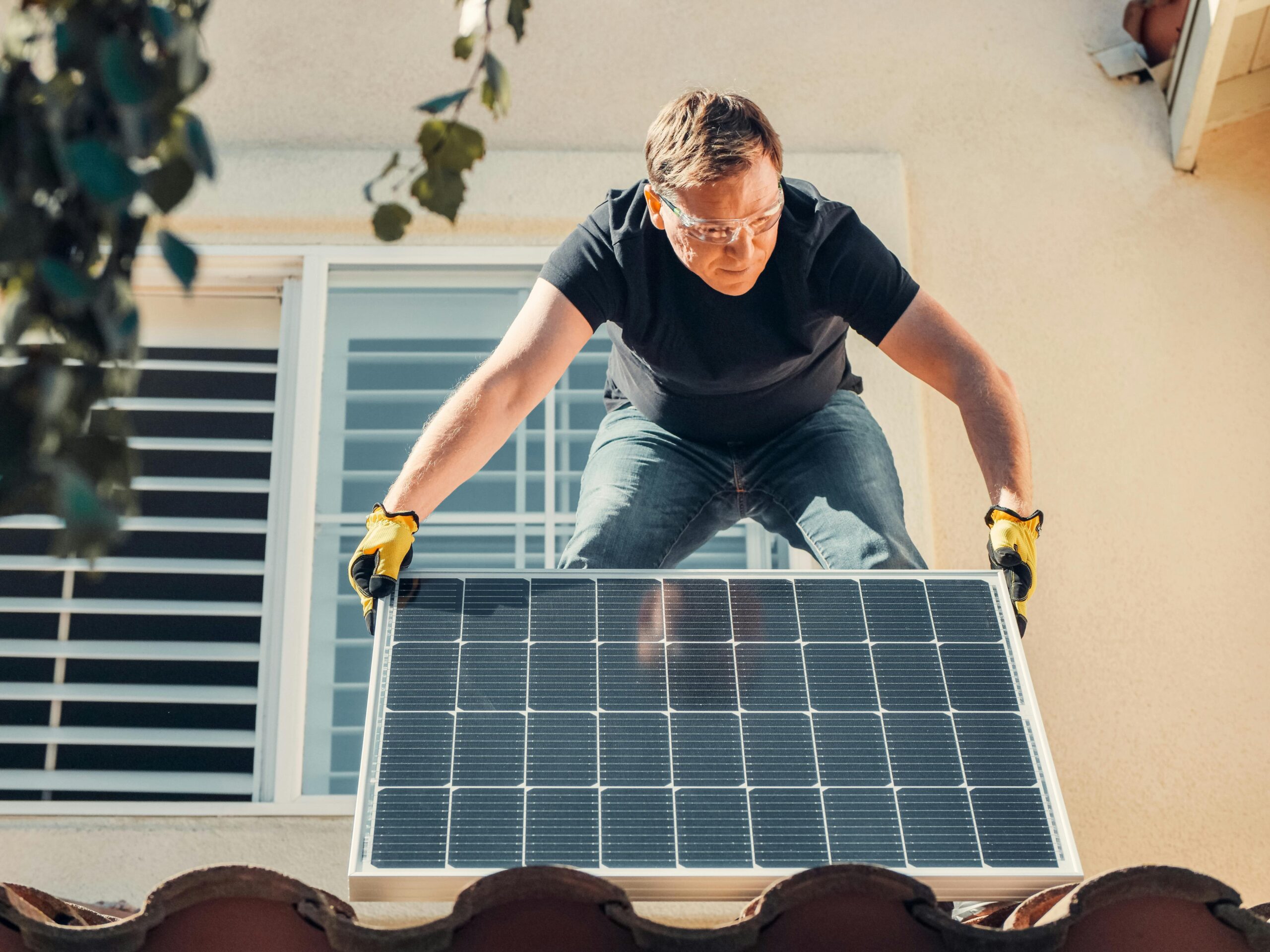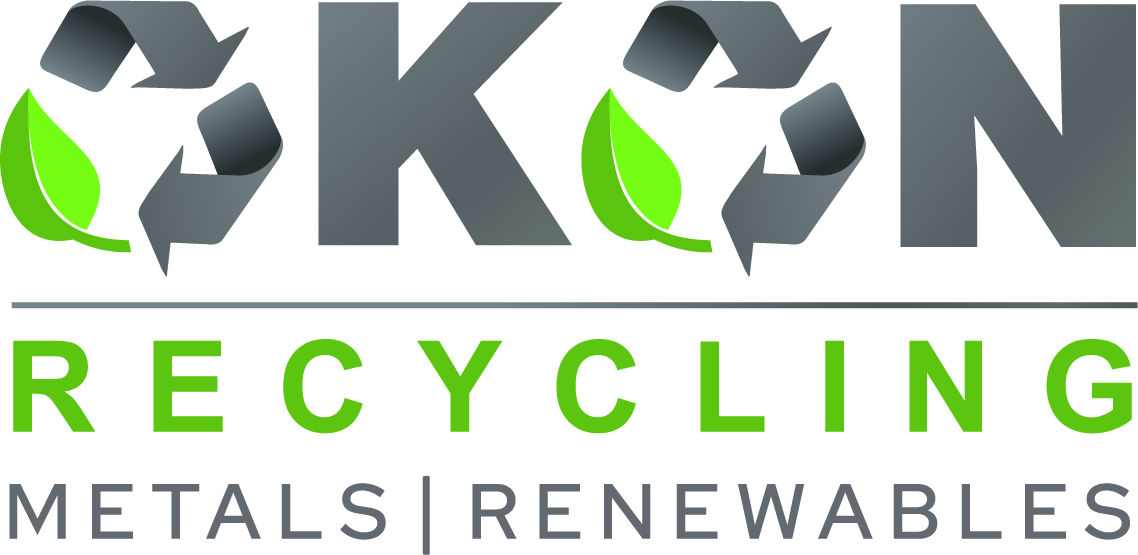5901 Botham Jean Blvd, Dallas, TX 75215
Exploring Opportunities in Solar Panel Recycling
April 24, 2025The surge in solar energy usage has led to an unexpected challenge: millions of solar panels will eventually reach the end of their useful life. The fate of these panels is crucial for our environmental future.
By 2050, an estimated 78 million metric tons of solar panels will reach end-of-life status worldwide. This presents both a waste management challenge and a significant economic opportunity. The emerging recycling market will be vital in preserving solar energy’s environmental benefits.
Solar panels contain valuable materials that should not be discarded in landfills. Recycling can recover resources like silicon, silver, copper, and aluminum, which hold considerable economic value.
According to the International Renewable Energy Agency, recoverable materials from solar panels could be worth over $15 billion by 2050.
What are the Environmental Benefits of Solar Panel Recycling?

Solar panel recycling offers significant environmental benefits by preventing harmful materials from contaminating soil and water. When panels end up in landfills, toxic components like lead and cadmium can leach into groundwater. Proper recycling eliminates these risks while preserving valuable resources.
The waste reduction impact is substantial. Currently, most decommissioned solar panels in the United States end up in landfills, creating a growing environmental challenge as the solar industry expands. By 2050, the U.S. will generate approximately 10 million tons of solar panel waste, becoming the world’s second-largest producer of this specialized waste stream.
Recycling dramatically reduces the need for raw material extraction. Modern recycling facilities achieve impressive recovery rates for valuable components:
- 100% of aluminum frames
- Up to 95% of glass components
- 98.7% of silver content
- 92.4% of silicon materials
- Up to 90% of semiconductor materials
These recovery rates translate into substantial carbon emissions reductions. Each recycled solar panel prevents approximately 97 pounds of CO2 from entering the atmosphere. Panels that can be reused provide even greater benefits, saving about 1.5 tons of carbon dioxide emissions each.
The environmental benefits extend beyond waste reduction. Recycling requires significantly less energy than manufacturing with virgin materials. Recovered aluminum saves 95% of the energy costs compared to mining and refining new aluminum. Similarly, reusing silicon and other metals reduces the environmental impact of extraction activities.
Creating a circular economy for solar panels represents a significant environmental benefit. This approach transforms what would be waste into valuable resources for manufacturing new panels. The European Union leads global efforts in this area with regulations requiring 85% material recovery rates by mass.
By 2050, recyclable materials from decommissioned solar panels could provide components for approximately 2 billion new panels. This circular approach would generate $15 billion in recoverable value while dramatically reducing the industry’s environmental footprint.
The European Union’s Waste Electrical and Electronic Equipment (WEEE) Directive demonstrates the potential for effective regulation. Since 2012, this framework has classified end-of-life panels as electronic waste requiring proper recycling. As a result, European nations now achieve recycling rates far higher than other regions.
Reducing Toxic Material Exposure
Proper solar panel recycling prevents hazardous materials from contaminating the environment. Solar panels contain several potentially harmful substances that require careful handling:
Lead from solder connections, cadmium in certain thin-film technologies, and various other heavy metals can pose serious health risks when improperly disposed of. The Environmental Protection Agency notes these materials can contaminate soil and water supplies when panels break down in landfills.
Advanced recycling processes safely extract these materials for reuse or proper disposal. This specialized handling prevents environmental contamination while recovering valuable components for new manufacturing purposes.
Supporting Global Sustainability Goals
Solar panel recycling aligns with international sustainability objectives. As renewable energy deployment accelerates worldwide, ensuring the complete lifecycle sustainability of these technologies becomes increasingly important.
The solar industry’s growth has created tremendous environmental benefits through clean energy production. However, this positive impact could be undermined without proper end-of-life management. Recycling completes the sustainability picture by addressing the final stage of the product lifecycle.
Research indicates that extending panel lifespans through better maintenance and repair options could reduce waste by 2-3 million metric tons by 2050. Combined with comprehensive recycling, these approaches create a truly sustainable energy solution.
State-level programs demonstrate the practical benefits of solar recycling. Washington state pioneered mandatory recycling requirements that have reduced environmental impacts while creating new jobs in the recycling sector.
The Department of Energy actively supports research to improve solar panel recycling. Their five-year plan outlines pathways to safe, responsible, and cost-effective end-of-life practices that maximize material recovery while minimizing environmental harm.
Solar panel recycling represents a critical component of sustainable energy production. By recovering valuable materials, preventing toxic exposure, reducing carbon emissions, and supporting a circular economy, recycling ensures that solar power remains a truly green technology throughout its entire lifecycle.
| Disposal Method | Environmental Impact |
| Recycling | Lower environmental burdens, recovery of materials like silicon and metals, reduces CO2 emissions |
| Landfilling | Contaminates soil and water with hazardous materials, wastes valuable resources |
| Incineration | Not sustainable, potential release of toxic substances |
What Economic Opportunities Does Solar Panel Recycling Present?

The economic potential of solar panel recycling is a significant frontier in the green economy. Industry projections suggest that recoverable materials from end-of-life solar panels could be valued between $15 billion and $30 billion globally by 2050. This reflects the substantial quantities of valuable metals, silicon, and glass within these panels.
Job creation is a compelling economic benefit. The recycling sector requires workers across various skill levels. Logistics specialists are needed for collection and transportation networks, while processing facilities employ technicians for disassembly and sorting operations. Research positions are available for materials scientists developing improved extraction techniques. A large-scale recycling facility can generate 50-60 permanent jobs plus 150 construction jobs during development.
New business formation presents another opportunity within this emerging sector. Companies focused on specialized collection services can establish regional networks to efficiently gather end-of-life panels. Processing facilities with advanced separation technologies can maximize material recovery rates. Manufacturing enterprises can incorporate recovered materials into new solar panels or other products, completing the circular economy loop.
Technological innovation drives additional economic benefits. Current recycling methods recover over 95% of aluminum and glass components. Advanced chemical separation processes now extract 98.7% of silver from solar panel waste. These technologies continue to improve through research partnerships between universities, government laboratories, and private companies developing more efficient extraction methods.
The secondary market for recovered materials expands economic prospects beyond the solar industry. Silicon recovered from panels can serve as a feedstock for battery production, creating synergies with the growing electric vehicle sector. High-purity glass finds applications in construction materials, while recovered metals serve as lower-carbon alternatives in metallurgical industries.
Regional economic development benefits from localized recycling infrastructure. Strategically positioned processing facilities near major solar installations minimize transportation costs and provide employment opportunities in communities transitioning from traditional energy production. The European Union leads in this area, operating numerous facilities under their Waste Electrical and Electronic Equipment directive.
Supply chain resilience improves through domestic recycling operations. Manufacturers gain alternative sources for critical materials like silver and silicon, reducing dependence on volatile international markets. This resilience is increasingly valuable as global competition for raw materials intensifies with renewable energy deployment.
Processing efficiency continues to improve through scale. Studies indicate that facilities handling 30,000 tons of panels annually can achieve positive net present value without requiring recycling fees. Economic viability increases as facilities process higher volumes and material recovery rates improve. Current recycling costs range from $15-45 per panel but continue to decline as technologies mature.
Market growth projections reveal remarkable expansion potential. The global solar panel recycling market reached approximately $322.9 million in 2024 and is projected to grow at a 7.4% CAGR through 2030. This growth accelerates as the first major wave of installed panels reaches end-of-life status and environmental regulations increasingly mandate proper recycling.
The circular economy benefits extend beyond direct economic metrics. Each recycled panel prevents approximately 97 pounds of CO2 emissions compared to landfill disposal. This environmental advantage potentially translates to economic value through carbon offset markets and enhanced brand reputation for companies implementing comprehensive recycling programs.
What Technological Advancements are Driving Solar Panel Recycling?

The solar energy industry faces a growing challenge: managing the increasing volume of decommissioned panels. By 2050, experts estimate around 80 million metric tons of solar panel waste globally. Fortunately, technological innovations are transforming solar panel recycling from a costly burden into an economically viable opportunity.
Mechanical Processing Innovations
Mechanical recycling forms the foundation of most solar panel recycling operations. This process begins with the careful removal of aluminum frames and junction boxes. The remaining components undergo crushing and shredding to separate materials.
Recent advances in mechanical processing include specialized diamond wire cutting systems that can separate glass front panels from polymer backsheets without contamination. These systems process a one-square-meter panel in about 30 minutes, yielding intact glass panels ready for recycling.
Modern facilities now employ advanced screening equipment and dust management systems that significantly improve material recovery rates. These technologies can recover up to 95% of a panel’s glass and 100% of its aluminum frame.
Thermal Delamination Breakthroughs
Traditional solar panel recycling struggled with separating the encapsulant layers protecting solar cells. New thermal processes are solving this challenge. Panels undergo controlled heating at temperatures between 230–250°C under specific pressure conditions, efficiently separating different panel layers without damaging valuable materials.
Thermal recycling methods operate under three main approaches: standard pyrolysis (300-650°C), low-temperature thermal treatment, and vacuum thermal processing. Each offers unique advantages for material recovery.
The latest thermal methods have cut energy requirements by 80% compared to previous processes, significantly improving the economic viability of solar panel recycling operations.
Chemical Separation Processes
Chemical recycling technologies have achieved remarkable breakthroughs in material recovery rates. Advanced hydrometallurgical and electrochemical processes now recover 98.7% of silver from solar panel waste without requiring additional chemicals.
Scientists have developed selective chemical extraction techniques targeting specific metals while preserving others. German cleantech company Solar Materials has pioneered a patented thermo-mechanical approach that recovers 98% of raw materials from silicon solar panels without using harmful chemicals.
Other innovative approaches include iron chloride and aluminum chloride brines that extract silver and aluminum with 90% efficiency in just 10 minutes. These processes keep silicon structures intact for potential reuse.
Robotics and AI Integration
The integration of robotics and artificial intelligence represents the cutting edge of solar panel recycling technology. Robotic disassembly systems carefully separate components with precision that manual processes cannot match.
AI-powered vision systems identify different materials within panels and optimize the disassembly process. These systems continually learn and improve their recognition capabilities, becoming more efficient over time.
In transportation logistics, AI-based route optimization now minimizes greenhouse gas emissions during panel collection. Centralized collection hubs paired with smart logistics further reduce the environmental impact of transporting end-of-life panels.
Advanced Material Recovery
New techniques for recovering high-value materials represent a significant advancement in solar recycling economics. Silicon wafer reclamation processes now yield reclaimed wafers with properties almost equivalent to commercial virgin wafers.
Careful chemical treatment preserves wafer quality. Sequential processes use nitric acid to dissolve silver and aluminum components followed by phosphoric acid to remove anti-reflection coatings. This approach avoids toxic chemicals like hydrofluoric acid, making industrial-scale operations safer.
Other innovations include electrodeposition-redox replacement techniques for precious metal recovery and specialized processes for separating rare earth elements from thin-film panels.
| Technology | Recovery Rate | Materials Recovered |
|---|---|---|
| First Solar | 95% Cd, 90% glass | Cadmium, Glass |
| Advanced Thermal and Chemical | 98% | Silicon, Silver |
| PV Circonomy | 99.3% | General Panel Materials |
Pilot Programs and Scaling Efforts
Pilot facilities are demonstrating the commercial potential of these technologies. Several companies are already processing significant volumes of panels. First Solar operates recycling facilities adjacent to manufacturing plants in Ohio, Malaysia, and Vietnam, processing approximately 2 million panels annually.
Other companies are planning ambitious expansions. Solar Recycling has announced plans for a 5 GW recycling facility in Georgia capable of processing up to 10 million solar panels yearly. This facility alone could handle 25-30% of modules reaching end-of-life by 2030.
European initiatives like Veolia’s ReProSolar project are developing processes to recover all components from silicon-based PV modules at industrial scale. These projects aim to establish a circular economy for solar manufacturing.
The Economics of Advanced Recycling
Technological advancements are steadily improving the financial viability of solar panel recycling. Traditional recycling costs ranged from $15-45 per panel, often exceeding the value of recovered materials.
New recycling processes recover precious metals with far greater efficiency. Silver comprises only 0.1% of a panel’s mass but represents its highest-value component. By achieving recovery rates approaching 99%, these processes significantly enhance recycling economics.
Studies suggest that a recycling fee of $18 per panel over 12 years could create a profitable recycling industry by 2032. This approach would help recycled materials meet 30-50% of domestic solar manufacturing needs by 2040.
As recycling technologies continue to advance, the solar industry moves closer to achieving a true circular economy. These innovations ensure that solar energy remains a sustainable power source throughout its entire lifecycle.
What are the Future Prospects for Solar Panel Recycling?
The future of solar panel recycling represents a promising area in sustainable waste management. As the solar industry grows, recycling technologies are advancing in parallel. Industry projections from IRENA estimate that by 2050, recycled solar panel materials could have a market value between $15-30 billion, providing enough recovered materials to produce 2 billion new panels without mining new resources.
The rise of innovative business models is transforming the solar lifecycle. Companies now offer leasing arrangements with built-in take-back provisions, ensuring panels have a responsible end-of-life pathway. These programs support the transition to a circular economy where solar components are reused through multiple lifecycles.
Global cooperation is crucial for this vision to become reality. International collaboration on recycling standards and best practices will streamline the process across borders. Initiatives focused on product tracking and data sharing are strengthening the global network of recyclers while preventing improper disposal of solar waste. This worldwide effort is not only environmentally sound but also creates economic opportunities in recovery technologies, material processing, and manufacturing.
We encourage businesses, municipalities, and sustainability-focused organizations looking to implement responsible solar waste management programs to contact Okon Recycling at 214-717-4083.
